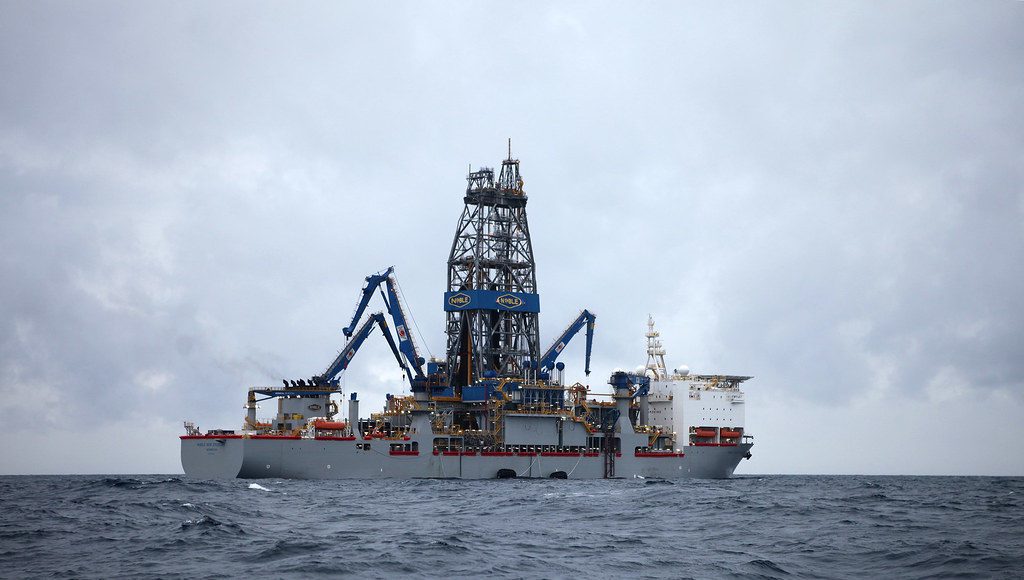The Stabroek Block co-venturers intend to drill 10 exploration and appraisal wells there in 2023, Chief Executive Officer of Hess Corporation, John Hess said Tuesday.
“We continue to see multibillion barrels of additional exploration potential on the Stabroek Block,” Hess President and Chief Operating Officer, Greg Hill, said during the company’s 2022 Q3 earnings call.
They plan to target a variety of prospects and play types, including lower risk wells near existing discoveries and several penetrations that will test deeper intervals.
Hill said operations are continuing at the Tarpon Fish-1 well in the northwest corner of the Stabroek Block, approximately 43 miles northwest of the Liza-1 well. He said it is the first test of cretaceous age clastic reservoirs in that part of the block and will also test a deeper Jurassic aged carbonate prospect.
The Hess President also mentioned the Lancetfish-1 well, a deep play exploration well, located approximately 2.5 miles northeast of the Fangtooth SE-1 well. Drilling is already underway using the Noble Don Taylor drillship.
There is also the Basher well, which will target a deep prospect in the Fangtooth area and a well called Blackfin, which will penetrate an updip upper prospect east of the Barreleye discovery.
The partners wrapped up its 2022 drill work with the announcement of another significant discovery at the Fangtooth SE well in January. This was a follow-up to the Fangtooth-1 discovery that was announced in 2022. Exxon had announced nine commercial discoveries in 2022, dubbed by Hess as the Stabroek Block’s best exploration year.
The wells being drilled are part of a 25-well exploration campaign to be executed over a two-year period.
ExxonMobil also planned a new 35-well exploration campaign to commence in 2023, pending regulatory approvals. Because of a request by the Environmental Protection Agency (EPA) for an impact study, the timeline for this project may be delayed.
ExxonMobil is operator of the block with a 45% stake, while Hess has 30% and CNOOC has 25%. More than 11 billion oil-equivalent barrels have been discovered at the block since 2015.



